Green peas are incredibly popular in European cuisine due to their delicious taste and health benefits. To enjoy them during winter, they can be salted, canned, or frozen. However, the most effective preservation method is drying.
Drying helps peas retain not only their flavor but also their nutritional value. In this article, we’ll share tips on how to dry peas for winter storage and what delicious dishes you can prepare with them.
Table of contents
Benefits and Drawbacks of Dried Peas
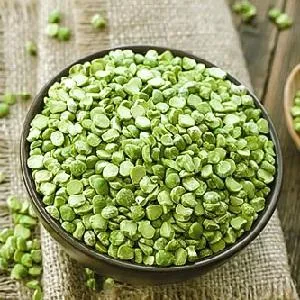 Green peas are used in managing cardiovascular and respiratory conditions. They help stabilize blood pressure and improve kidney function by promoting the removal of excess water and salts from the body. Rich in beta-carotene and essential vitamins, peas support eye health and may reduce the risk of cancer.
Green peas are used in managing cardiovascular and respiratory conditions. They help stabilize blood pressure and improve kidney function by promoting the removal of excess water and salts from the body. Rich in beta-carotene and essential vitamins, peas support eye health and may reduce the risk of cancer.
Despite their benefits, peas have some contraindications. They are not recommended for people with kidney or stomach inflammation. Those with gastric ulcers should consume peas only after cooking.
Which Peas Are Best for Drying?
Flavor and nutritional value depend on the variety and quality of peas, so selecting the right ones is crucial. Harvesting should begin when peas reach the milk stage – about two weeks after flowering. Overripe peas lose their natural sweetness and become tough.
How to Harvest Peas Properly
Harvesting requires no special skills: simply pick the pods, shell them, and extract the peas. For even drying, sort the peas by size. Unshelled pods can be stored for up to 12 hours, while shelled peas should be processed within 4–6 hours.
Important. Peas intended for winter storage should not be overripe – this affects their taste and nutritional quality.
How to Dry Peas in the Oven
Proper preparation ensures a smooth drying process. Make sure you have the necessary equipment and follow all the steps carefully.
Equipment Needed
To dry green peas at home, you’ll need:
- An oven;
- A large pot;
- A sieve;
- A baking tray;
- Parchment paper.
Step-by-Step Drying Process
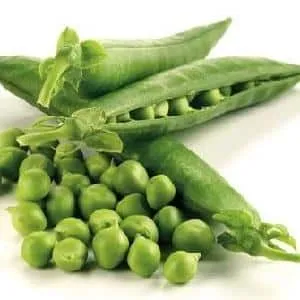 Drying green peas involves several steps:
Drying green peas involves several steps:
- Shell and rinse the peas under cold water.
- Blanch them in boiling water for a few minutes.
- Drain and cool them in ice water.
- Repeat steps 2 and 3 two more times.
- Pat the peas dry with a paper towel.
- Spread them on a baking tray and dry in a preheated oven at 45°C for 2 hours.
- Let them cool at room temperature.
- Increase the oven temperature to 55°C and dry for another 2 hours.
- Cool again, then dry at 65°C for a final 2 hours.
Once dried, the peas are ready for long-term storage.
Note: After drying, peas lose over 75% of their weight. For example, 20 kg of pods yield about 8 kg of shelled peas, which reduces to 1.8 kg after drying.
Drying Guidelines
Remember: If peas retain moisture, they can develop mold and spoil. However, excessive heat can damage their structure, so moderate temperatures are key.
Estimated Drying Time
Excluding harvesting and shelling, oven drying takes 10–12 hours. Properly dried peas retain their nutrients for at least a year.
Alternative Drying Methods
Other techniques can also be used to dry peas at home. A food dehydrator simplifies the process significantly. The preparation steps remain the same: harvest, shell, and blanch. Then, set the dehydrator to the recommended temperature and wait.
Another method involves drying without heat. After sorting and washing, soak peas in a calcium chloride solution for 3–4 hours, then spread them on paper. Air-dry them indoors or outdoors, avoiding direct sunlight.
Turn the peas occasionally for even drying. Well-dried peas should have a dark green hue. During storage, sift them periodically to remove any spoiled grains.
Traditionally, peas were sun-dried, but this method is time-consuming and weather-dependent. Direct sunlight can cause cracks, ruining the peas.
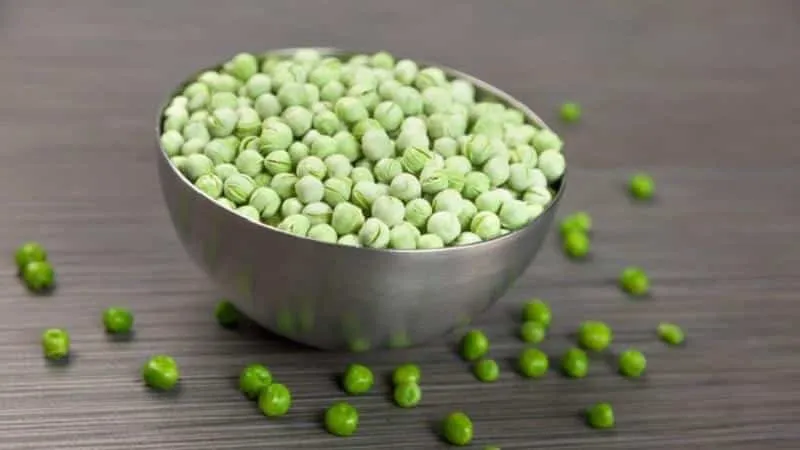
Storing Dried Peas
Keeping dried peas fresh is simple. Follow these storage tips:
- Cool completely before storing in airtight glass or plastic containers.
- Keep in a pantry, protected from pests.
The main threat to dried peas is pantry moths. To prevent infestation, store them in sealed containers immediately after cooling.
Recipes Using Dried Peas
Dried peas are versatile in European cuisine, adding a sweet, earthy flavor to many dishes.
Tip: Pea-based dishes are popular during fasting periods – they provide protein comparable to meat.
Here are a few delicious recipes to try.
Pea Mayonnaise (Vegan):
- Blend cooked peas into a smooth puree.
- Mix 75 g of pea puree with 150 g of olive oil.
- Season with salt, sugar, vinegar, mustard, and pepper.
- Blend again for 2 minutes.
Pea Pancakes:
- Soak 1 cup of dried peas overnight.
- Drain, rinse, and boil until tender.
- Blend with onion into a puree.
- Add 2 eggs, 2 tbsp mayonnaise, spices, and 4 tbsp flour.
- Fry in oil until golden brown.
Creamy Pea Soup:
- Soak 300 g of peas overnight.
- Peel 500 g potatoes, 100 g onions, and 100 g carrots.
- Simmer all ingredients for 90 minutes with salt and pepper.
- Blend into a smooth soup.
- Simmer for another 10 minutes and serve with fresh herbs.
Warning! Do not consume moldy peas – they can be harmful to health.
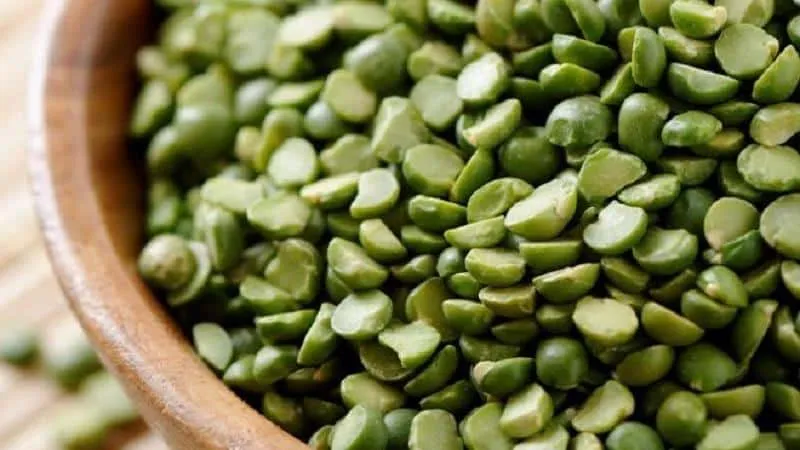
Tips and Tricks
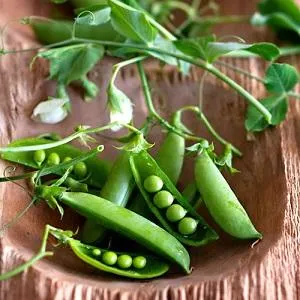 Expert advice for drying and storing green peas:
Expert advice for drying and storing green peas:
- Choose young peas – they contain more nutrients.
- Adding nettle or spinach to blanching water preserves their vibrant color.
- Sort peas by size before drying to ensure even cooking.
- Place a small salt pouch in storage containers to absorb excess moisture.
- Soak dried peas overnight before cooking to reduce preparation time.
Conclusion
There are many ways to preserve peas for winter, but drying is the best method for retaining nutrients. The process is straightforward and requires minimal equipment. With these tips, you can easily stock up on dried peas and enjoy them in a variety of delicious dishes year-round.







